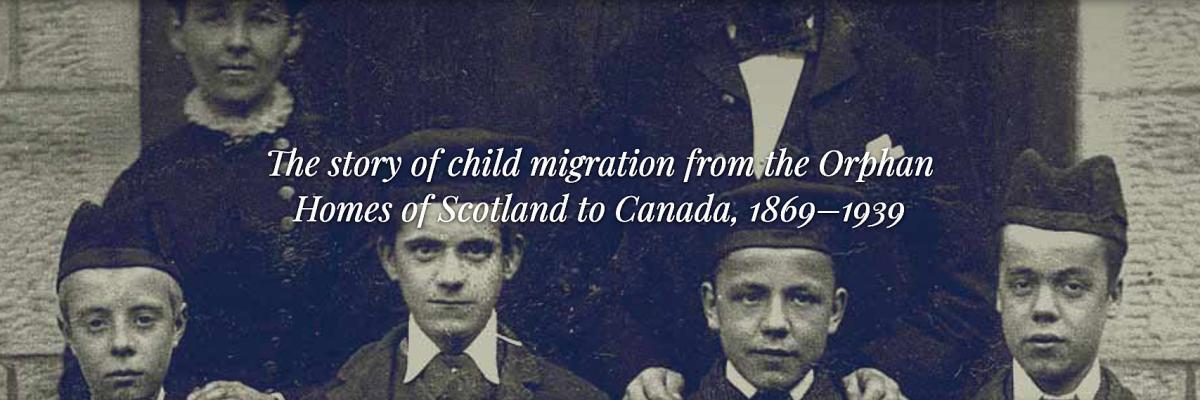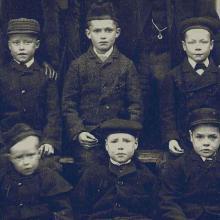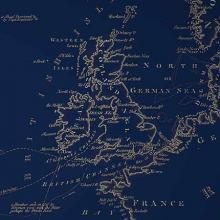Social work and social welfare services in the developed world have a rich, if relatively recent, history with origins in the social upheavals associated with rapid industrialization and urbanization during the eighteenth and nineteenth centuries. There is a regular flow of scholarly work analysing historical trends in the policies and practices of social welfare agencies. Work that is written not only to track the past, but to illuminate the socially constructed nature of contemporary reality, and uncover changing discourses about the subjects of social welfare: the poor, the underprivileged, and the dispossessed. In order to preserve and maintain the heritage of the past we need 'memory institutions' - like libraries, archives and museums - to collect social welfare content; and digital technologies to preserve and re-present the material.
This paper is a case study in the digitization of social work heritage material and the virtualization of an existing museum exhibition created by a Scottish Museum of Social Work. It explores how digital preservation can help safeguard the heritage of social welfare organizations for the social researchers and educators of the future; and demonstrates how digital media can add rich new dimensions to the presentation of the historical narrative.
The project involved the 'virtualization' of an existing social work museum exhibition on the migration of "Home Children" from Scotland to Canada in the late 19th Century; and the preservation of historical assets held in the archives of a contemporary social care organisation involved in the migration of the children. The purpose of the project was: to provide public access to the historical assets for research and education; to preserve the historical assets before they were damaged any further by prolonged and inadequate storage conditions; and to repurpose the exhibition material to retell the story of Victorian child migration with new digital media.



